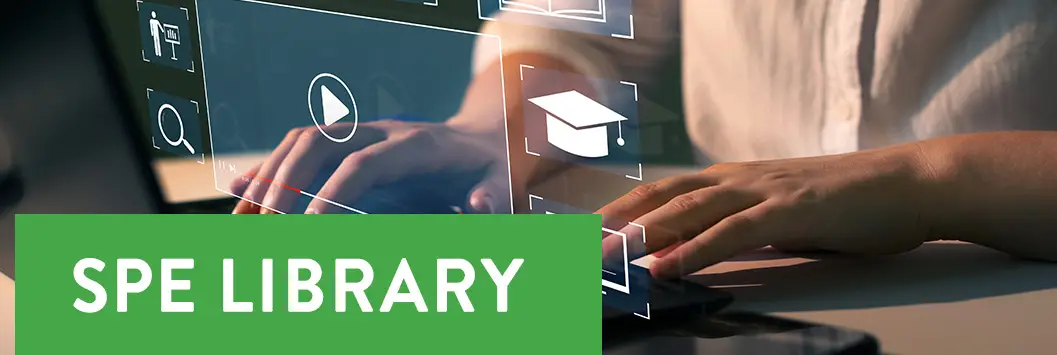SPE US Office
83 Wooster Heights Road, Suite 125
Danbury, CT 06810
P +1 203.740.5400
SPE Australia/New Zealand
More
Information
SPE Europe
Serskampsteenweg 135A
9230 Wetteren, Belgium
P +32 498 85 07 32
SPE India
More
Information
SPE Middle East
More
Information
3Dnatives Europe
157 Boulevard Macdonald
75019, Paris, France
More
Information
 English
English French
French German
German Italian
Italian Spanish
Spanish Portuguese
Portuguese Hindi
Hindi Japanese
Japanese Korean
Korean Chinese (Simplified)
Chinese (Simplified) Chinese (Traditional)
Chinese (Traditional)

























